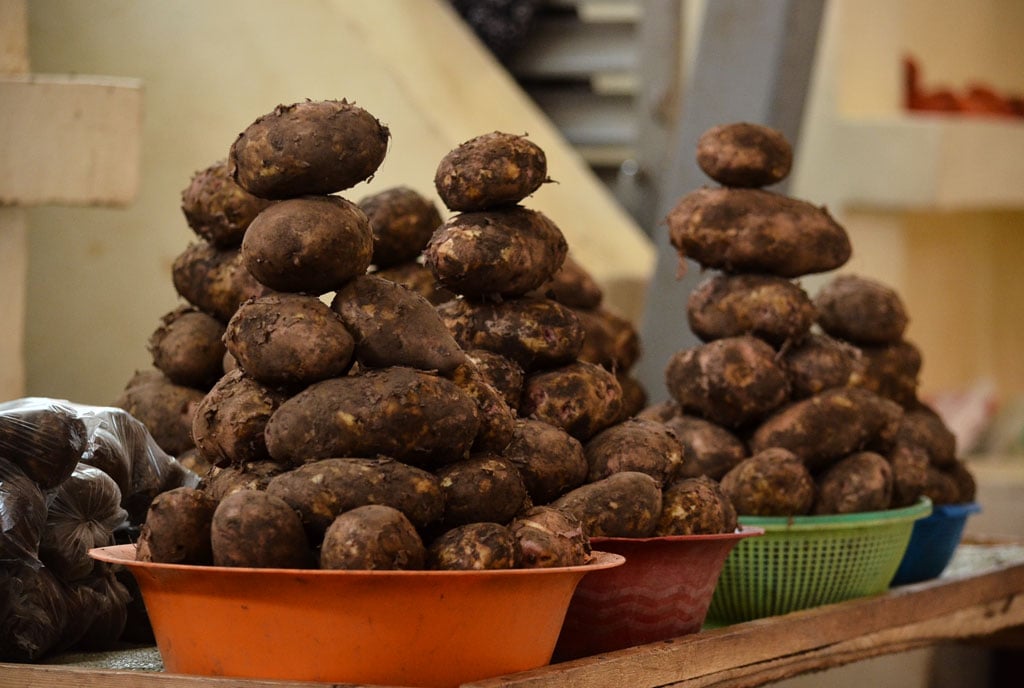Prime
Using food to archive story of Ugandan art

A gathering of artists had at eco-artist Bruno Ruganzu’s home. PHOTO/ANDREW KAGWA
What you need to know:
- I noticed that, besides a few people I knew, I did not know so much about Ugandan artists and what they are doing, and unfortunately, there is little from the past years that has been documented,” Immy Mali, artist
The story of Ugandan art is one that had to be documented more than 50 years ago. At that time, most African countries were gaining their independence and topics of self-love, Pan-Africanism as well as nationalism drove inspiration in art and culture.
Yet while this era was playing out, little or close to nothing was done insofar as documenting the art was concerned. Consequently, there is little literature, audio, or audio-visual evidence for people researching or trying to know Ugandan industries at the time.
Critics hold that this lack of documentation makes it challenging to fully understand and appreciate the historical significance and development of Ugandan art.
One aspect that has, however, been consistently intertwined with Ugandan art is food. Food not only sustains life, but also holds deep cultural and symbolic meanings within Ugandan society.
Exploring the connection between food and art provides valuable insights into the rich heritage and diverse artistic expressions of Uganda. That’s where Immy Mali’s story of documenting Ugandan art starts.
Food for thought
Mali is a new age artist whose works—mainly installations—have adopted new media, multimedia, and text, among other things.
She told Saturday Monitor that the common denominator in questions fielded about Ugandan art during her various residencies in the Netherlands and Germany was about deficits of knowledge. This also extended to the budding artist herself.
“I noticed that, besides a few people I knew, I did not know so much about Ugandan artists and what they are doing, and unfortunately, there is little from the past years that has been documented,” she said.
It was during her residence that Ms Mali saw the importance of creative meetings to talk or start a conversation over food.
Food plays a big role in communication and fostering relationships. Something as simple as sharing a meal in a restaurant or dining can open up conversations between people of diverse backgrounds. It allows for a shared experience and creates a sense of connection and familiarity.
Food has the power to bring people together and create a sense of community, allowing for the exchange of ideas and perspectives.
Through these creative meetings, artists can as well share their work and also learn from one another, sparking collaborations and new artistic endeavours.
After her residencies, Ms Mali returned to a Uganda that had Covid-19 pandemic curbs in place for two years running from 2020.
In 2022, however, she wanted to have the conversations, and an opportunity presented itself. At the time, curator Martha Kazungu was working on the annual Njabala exhibition.
The exhibition, Njabala: This is Not How, was not only retelling but also re-imagining the Njabala folktale. Presenting the works of eight women artists reflecting on the themes of memory, love, womanhood, and activism.
Using art to speak to repressive roles and rules of living for women, the exhibition seeks to re-enact a revised and contemporary function of Njabala’s mother in the Njabala folklore.
With the artists who exhibited in Njabala, the first conversation was hosted at artist and singer Sandra Suubi’s art space. It was about the concept of rest.
With poetry and books, they discussed themes and what they thought about rest.
Typically, some of these were represented in the Njabala exhibition—such as a painting that had a girl whose mother was shaping her hairline and how the process was more than grooming.
Ms Mali, on her part in the exhibition, had an installation of a bed of blades. The installation was a commentary on marriage, what is sold, and what it becomes at times.
Other conversations have followed the inaugural one that Ms Mali hosted at Suubi’s space. This has birthed a bimonthly artist gathering that people look forward to.
Iraa—The Granary
This space, aptly called Iraa—The Granary—calls for collective, experimental explorations of what an archive is, means, and can be in this Ugandan/East African context. Iraa is a Lugbara word for granary, a place where a family’s plentiful harvests are kept for consumption in times of need.
There are, however, three approaches to the conversations. All involve food.
Kitchen at the Granary sessions take on an experimental format to networking and memory gathering, starting with the literal preparation and sharing of food as the point of departure.
The sessions are hosted at individual artist’s, writers’, and art enthusiasts’ studios/homes.
They are also guided by a theme suggested by the host. These sessions usually involve a guest list of about 12 to 15 people that is drafted by the host and initiators. This ensures participatory interactions.
At the moment, the conversations have addressed different issues and have been hosted by artists such as George William Kyeyune, eco artist Bruno Ruganzu, Pamela Enyonu, and Stacey Abe, among others.
Per Ms Mali, support from the Kuonyesha Art Fund in 2023 made it easier to stage the conversations.
“However, for the future, we want these conversations to be self-sustaining,” she told Saturday Monitor, “that’s the reason we have created a shop. We make jam and peanut butter, which we hope to sell to finance future conversations.”
Ms Mali also hopes the conversations will spread to other East African countries and probably the whole continent.




